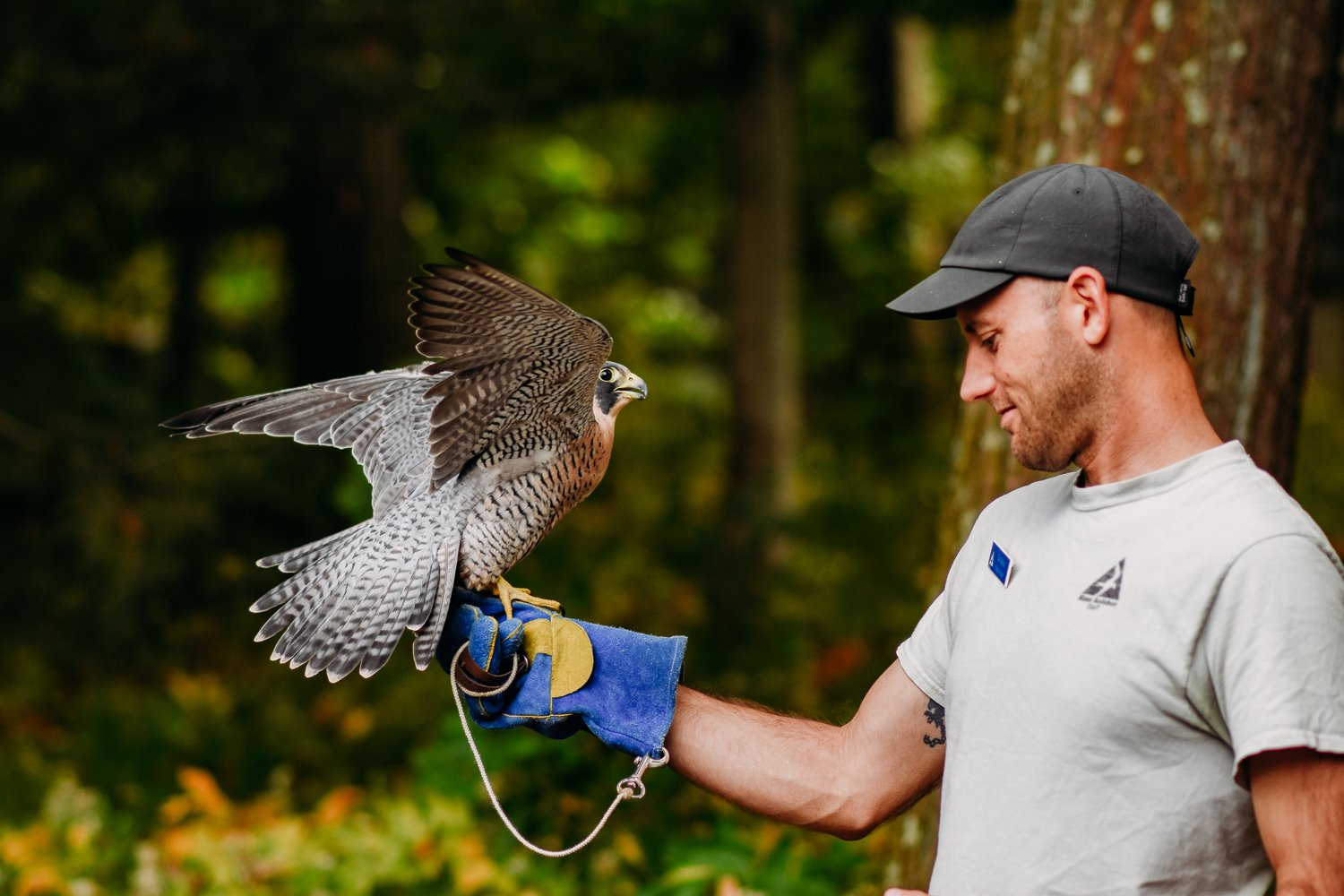Blue Hills Trailside Museum
History of Blue Hills Trailside Museum
1959 was a big year. President Dwight D. Eisenhower signed legislation making Alaska and Hawaii states, the modern car seat belt was introduced, the first computer microchip was patented, and children began playing with Barbie dolls and the board game "Risk."
And 1959 was also when Blue Hills Trailside Museum first opened its doors! Ever since then, the Museum has continued to introduce visitors to the nature of Massachusetts and serve as a gateway to the Blue Hills.
Over the Years
In 1974, Mass Audubon took over management of the Museum from the Commonwealth. We also renovated the old harbor defense command post on the summit of Chickatawbut Hill and converted it into an environmental education facility—now known as the Norman Smith Environmental Education Center.
Trailside continues to grow and evolve. Over the years, changes have included the addition of an auditorium wing; redesigned indoor exhibits and outdoor animal enclosures; the creation of a native wildflower garden; and modifications to make the Museum welcoming and accessible to all.
And in 2019, construction began on a project to completely rebuild the otter exhibit as a beautiful, naturalistic setting that improves animal care and our visitors' experiences.
The Museum Today
The little nature museum nestled against the flank of Great Blue Hill reaches more than 300,000 people every year.
Outreach programs from the Museum bring the nature of Massachusetts to schools, libraries, assisted living facilities, and a host of other venues. And every summer, more than 700 children attend Blue Hills Nature Day Camp on top of Chickatawbut Hill.
Trailside also supports world-class research on Snowy Owls and other raptors, and it plays an important role in the preservation of endangered species in the Blue Hills.



